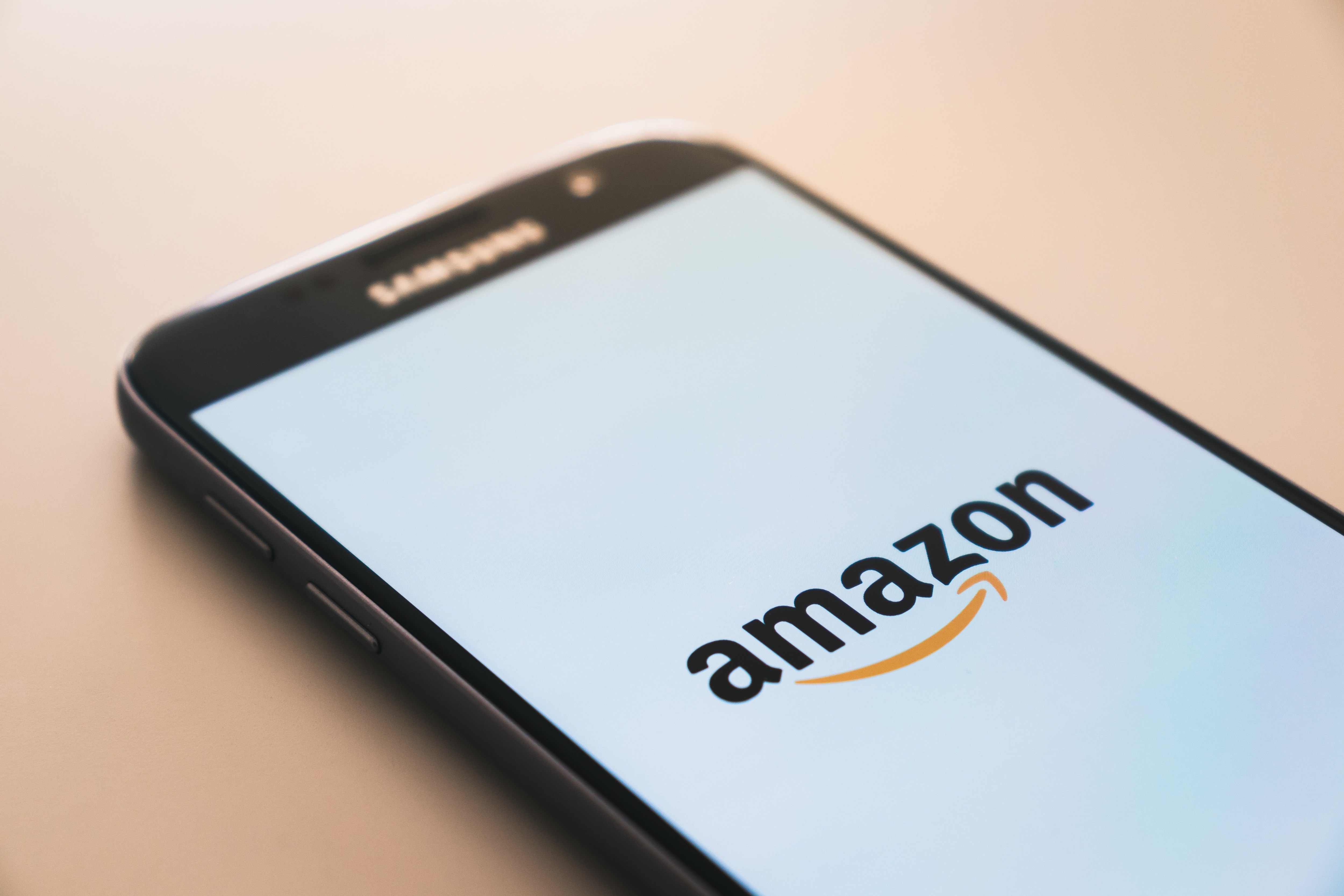Have you ever dreamt of running a business online? Amazon Seller Central makes it possible for you to reach millions of potential customers with your products almost immediately. Whether you already own a retail business and want to create an online platform to sell your products, or you want to establish a new online store to market a line of items Amazon Seller Central is where you can go to learn how to sell on Amazon.
Selling through this platform is ideal for someone who wants to get started in e-commerce but doesn’t have the skills or money to create a personalized website for their company, and it’s also ideal for someone who wants to spend less time on the operations of an online store but still wants to take advantage of a global market. Before you get started, it’s important to understand the way Amazon seller and supplier accounts work and how they can help you increase sales and your online presence.



